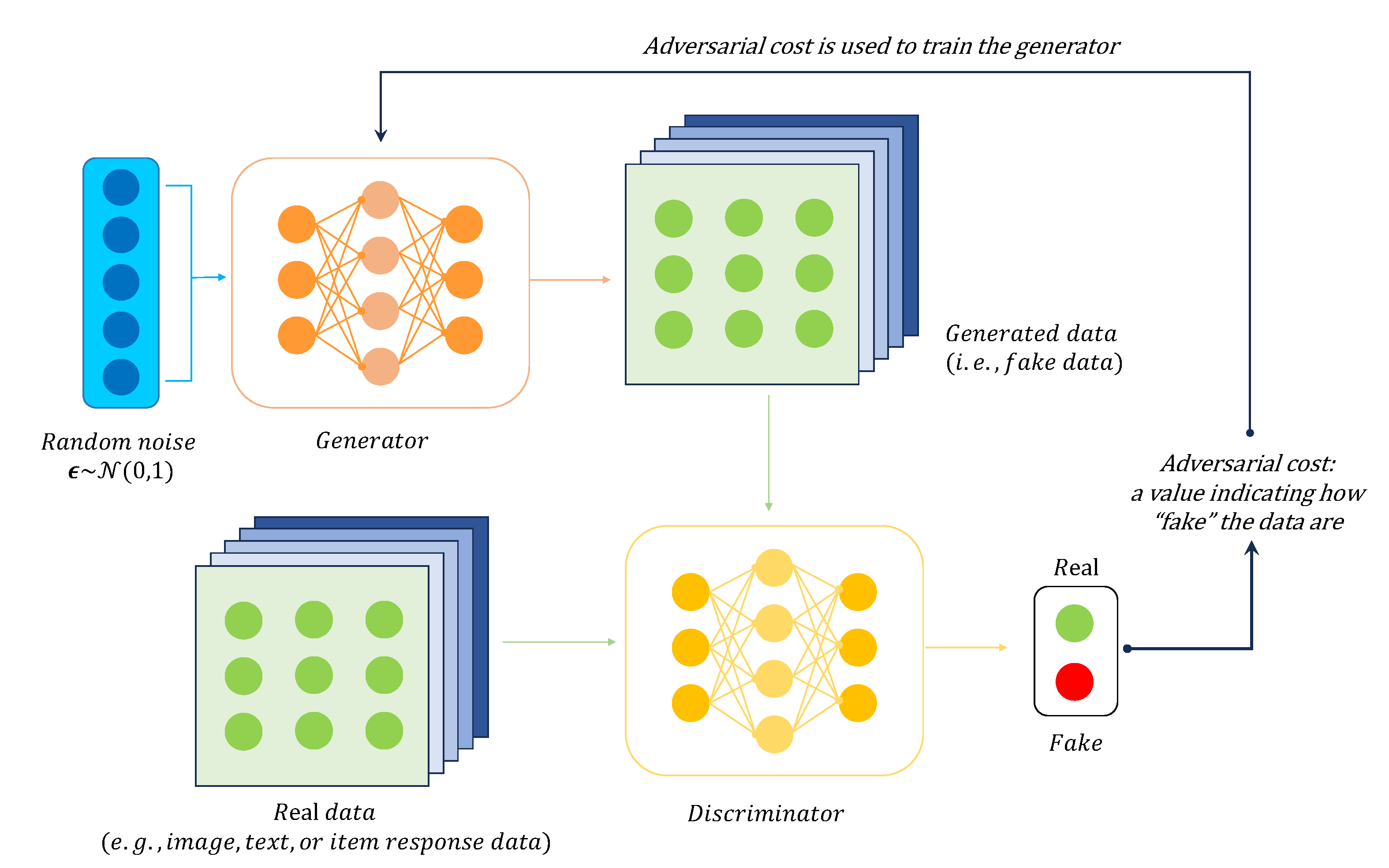
 PhD student
PhD studentI'm a PhD student in the Department of Applied Psychology and Human Development at the University of Toronto. I work under the supervision of Dr. Feng Ji in the Psychometrics and Responsible AI Lab.
My research harnesses advances in machine learning, statistics, and quantitative methodology to tackle pressing questions in psychological and educational measurement, with a particular emphasis on the convergence of psychometrics and artificial intelligence.
Warning
Problem: The current name of your GitHub Pages repository ("Solution: Please consider renaming the repository to "
http://".
However, if the current repository name is intended, you can ignore this message by removing "{% include widgets/debug_repo_name.html %}" in index.html.
Action required
Problem: The current root path of this site is "baseurl ("_config.yml.
Solution: Please set the
baseurl in _config.yml to "Education
-
 University of TorontoDept. of Applied Psychology and Human Development
University of TorontoDept. of Applied Psychology and Human Development
Ph.D. StudentSep. 2024 - present -
 University of OxfordMSc. in Statistical Science, DistinctionOct. 2023 - Sep. 2024
University of OxfordMSc. in Statistical Science, DistinctionOct. 2023 - Sep. 2024 -
 The Chinese University of Hong Kong, ShenzhenBSc. in Applied Mathematics, First ClassSep. 2019 - May 2023
The Chinese University of Hong Kong, ShenzhenBSc. in Applied Mathematics, First ClassSep. 2019 - May 2023
Experience
-
 The Chinese University of Hong Kong, ShenzhenResearch Assistant, Advisor: Dr. Jinbo HeMay. 2022 - present
The Chinese University of Hong Kong, ShenzhenResearch Assistant, Advisor: Dr. Jinbo HeMay. 2022 - present -
 Shenzhen Research Institute of Big DataResearch AssistantJun. 2021 - Aug. 2022
Shenzhen Research Institute of Big DataResearch AssistantJun. 2021 - Aug. 2022
Honors & Awards
-
Connaught International Scholarship for Doctoral Students (2025-2029)2024
Selected Publications (view all )

Fitting Item Response Theory Models Using Deep Learning Computational Frameworks
Nanyu Luo, Yuting Han, Jinbo He, Xiaoya Zhang, Feng Ji#
Preprint 2025
PyTorch and TensorFlow are two widely adopted, modern deep learning frameworks that offer comprehensive computational libraries for developing deep learning models. In this study, we illustrate how to leverage these computational platforms to estimate a class of widely used psychometric models—dichotomous and polytomous Item Response Theory (IRT) models—along with their multidimensional extensions. Simulation studies demonstrate that the parameter estimates exhibit low mean squared error and bias. An empirical case study further illustrates how these two frameworks compare with other popular software packages in applied settings. We conclude by discussing the potential of integrating modern deep learning tools and perspectives into psychometric research.
Fitting Item Response Theory Models Using Deep Learning Computational Frameworks
Nanyu Luo, Yuting Han, Jinbo He, Xiaoya Zhang, Feng Ji#
Preprint 2025
PyTorch and TensorFlow are two widely adopted, modern deep learning frameworks that offer comprehensive computational libraries for developing deep learning models. In this study, we illustrate how to leverage these computational platforms to estimate a class of widely used psychometric models—dichotomous and polytomous Item Response Theory (IRT) models—along with their multidimensional extensions. Simulation studies demonstrate that the parameter estimates exhibit low mean squared error and bias. An empirical case study further illustrates how these two frameworks compare with other popular software packages in applied settings. We conclude by discussing the potential of integrating modern deep learning tools and perspectives into psychometric research.

Generative Adversarial Networks for High-Dimensional Item Factor Analysis: A Deep Adversarial Learning Algorithm
Nanyu Luo, Feng Ji#
Preprint 2025
Advances in deep learning have enhanced parameter estimation in item factor analysis (IFA), but traditional Variational Autoencoders (VAEs) often lack sufficient expressiveness. To overcome this, we introduce Adversarial Variational Bayes (AVB), which integrates VAEs with Generative Adversarial Networks via an auxiliary discriminator to relax the standard normal inference assumption. Building on this, we propose Importance‑weighted Adversarial Variational Bayes (IWAVB), which consistently achieves higher likelihoods and comparable mean‑square errors to Importance‑weighted Autoencoders (IWAE) in both empirical and simulated studies, and excels when latent distributions are multimodal. These results indicate that IWAVB can effectively scale IFA to large‑scale and multimodal datasets, fostering deeper integration of psychometric modeling and complex data analysis.
Generative Adversarial Networks for High-Dimensional Item Factor Analysis: A Deep Adversarial Learning Algorithm
Nanyu Luo, Feng Ji#
Preprint 2025
Advances in deep learning have enhanced parameter estimation in item factor analysis (IFA), but traditional Variational Autoencoders (VAEs) often lack sufficient expressiveness. To overcome this, we introduce Adversarial Variational Bayes (AVB), which integrates VAEs with Generative Adversarial Networks via an auxiliary discriminator to relax the standard normal inference assumption. Building on this, we propose Importance‑weighted Adversarial Variational Bayes (IWAVB), which consistently achieves higher likelihoods and comparable mean‑square errors to Importance‑weighted Autoencoders (IWAE) in both empirical and simulated studies, and excels when latent distributions are multimodal. These results indicate that IWAVB can effectively scale IFA to large‑scale and multimodal datasets, fostering deeper integration of psychometric modeling and complex data analysis.